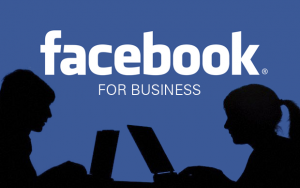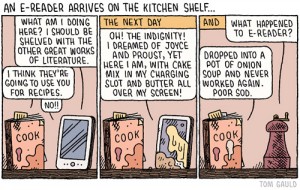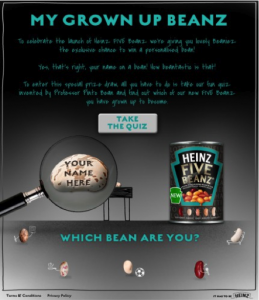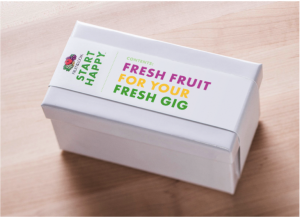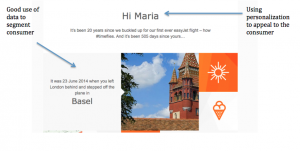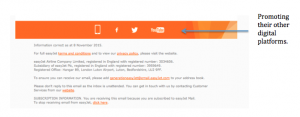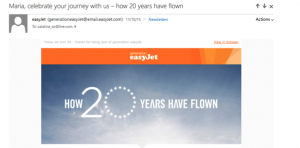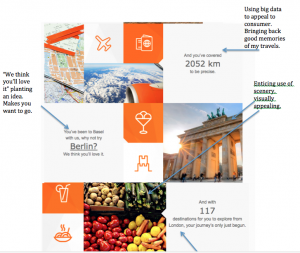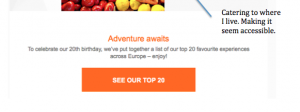As the digital landscape continues to progress and develop many areas and channels grow with it. Facebook, founded by Mark Zuckerberg has been one of the fastest growing forms of social networking. This network has 700 million users and over 700 billion minutes a month are used connecting on Facebook (Chang, A. 2011). Social networking has become a way of communication and expression that has become embedded in our society. If marketers want to succeed they will have to learn to co-exist with the digital channel, as consumers have grown very attached to it (Chang, A. 2011).
Marketers favour Facebook because it is virtually free and can reach a vast amount of consumers. The marketing world is always changing and in recent years we have come to understand that consumers want to have a relationship with the company, they want to feel appreciated. In this age its not how big and how much advertising your company is doing its how fast its reaching its target audience (Hansson, L et al 2013). Waterstones needs to focus on creating a campaign that gets its consumers talking and feeling involved. Starbucks launched a Facebook campaign called “MyStarbucksIdeas” it allowed consumers to create input on products, express opinions, discuss and share ideas (Hansson, L et al 2013).
Consumers have a direct line of communication to voice their wants and needs, share information, provide input and feedback to the company. The ability to write reviews about products and share information between Facebook friends has taken the traditional WOM to a whole new level (Hansson, L et al 2013). If consumers have positive perception of products and services they will share it with their friends. Facebook has created so many opportunities for companies looking to broaden their target audience and increase sales. Companies can now seek out consumers that they believe are the most appropriate of their services or products (Hansson, L et al 2013).
However like any other form of marketing there are DOS and DONTS, the following article out line the 6 biggest mistakes people make with marketing on Facebook:
- Using a personal Facebook page instead of a brand page for your organization
- Using Facebook’s default “Boost post” advertising product
- Failing to track your conversations
- Buying fans
- Posting poor quality content
- Leaving the about section incomplete
-(Maffin, T 2014)
Have a look at the following website for more helpful tips on using Facebook as a marketing/advertising tool.
There can be some disadvantages to using Facebook campaigns, its not easy to engage consumers attention as they can be distracted talking to friends, looking at other posts, sharing videos and photos. Following on from that if consumers can share and discuss positivity surrounding the companies product or service they can also share negative comments; this can be damaging and disheartening to the company’s image. Operating on Facebook is essential for a company to gain digital presence but it is also a highly competitive environment.
I remember reading about one scenario at Dominos where two employees were joking around making sandwiches, whilst putting cheese up their noses. They posted the video on YouTube and it went viral creative a negative perspective and image in the eyes of consumers. Using social networking sites for marketing can be risky if it is not managed closely. Going viral is also a positive if the company does something good and had the opportunity to go viral it reaps a lot of rewards.
Check out the following website for more advantages and disadvantages about using Facebook campaigns.
References
Hansson, L., Wrangmo, A., Solberg Søilen, K., Centrum för innovations-, entreprenörskaps- och lärandeforskning (CIEL), Centre for Technology, Innovation and Marketing Management (CTIM2), Sektionen för ekonomi och teknik (SET) & Högskolan i Halmstad 2013, “Optimal ways for companies to use Facebook as a marketing channel”, Journal of Information, Communication and Ethics in Society, vol. 11, no. 2, pp. 112-126.
Chang, A. 2011, “WEB 2.0 Social Network Sites and Facebook Marketing”, Binus Business Review, vol. 2, no. 2, pp. 708-717.
Maffin, T 2014, ‘The 6 biggest mistakes people make with marketing on Facebook’, Communication World, 31, 2, pp. 26-28, Communication & Mass Media Complete, EBSCOhost, viewed 11 April 2016.
